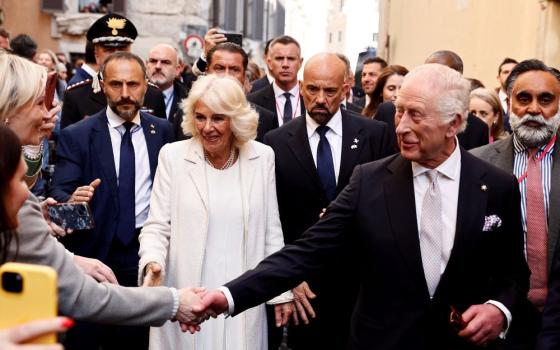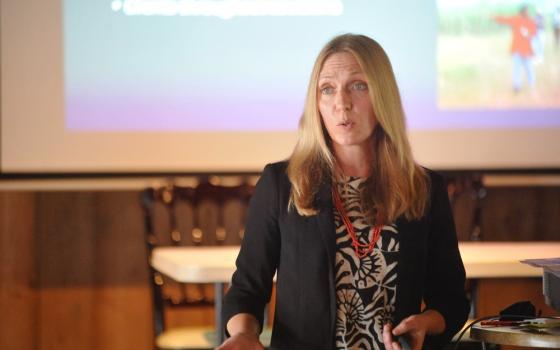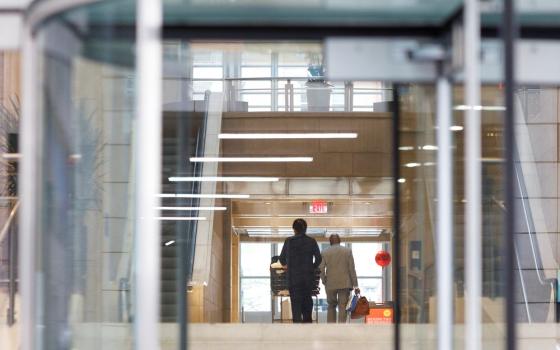Vietnam: Day Five
How does one translate the human suffering we’ve witnessed into new policies and modes of cooperation between the peoples and governments of Vietnam and the United States?
That is the challenge of days five and six in Vietnam. We’ve seen and hugged the children with distorted limbs and enlarged heads and other birth defects that cry out for healing. We’ve walked on the toxic earth where the U.S. military sprayed Agent Orange/dioxin during the Vietnam War. As people of faith, we can easily describe our task as confessing “social sin,” and making reparations.
But such language does not work well in the world of diplomacy, especially when one party (the United States) refuses to accept responsibility for the effects of the toxin.
But prominent, caring citizens of both countries, members of a U.S.-Vietnamese Dialogue Group on Agent Orange/Dioxin, recognized that a couple years ago, when they began meeting to formulate a response in which the United States might begin to help Vietnam recover from this tragedy, whatever the language used to frame it. Meanwhile, groups like the Ford Foundation have invested significant private money to begin the healing of the earth, and the healing of persons affected.
But definitive clean-up and a long-term, positive relationship with Vietnam require more. Thus, our interfaith delegation began two days of meetings with Vietnamese officials to report on our experiences and test possible responses for mutual respect and cooperation. This is often called “Track Two Diplomacy.” It is exercised by ordinary citizens who do not represent a government, but who seek to build good will and test modes of cooperation.
Yesterday, we met with both the Mayor of the city of DaNang, Van Huu Chien, and with the Vice-Chair of the National Assembly of Vietnam, Madame Tong Thi Phong, the highest ranking government official we are scheduled to meet. Our delegation was warmly received, and a proposal for U.S. investment in the healing and clean-up was welcomed.
Today, we meet with other Vietnamese officials, and with the U.S. Ambassador to Vietnam.
But I keep returning in my head to the theology of the Sacrament of Penance I learned as a child. It requires the penitent to do three things: confess sin, do penance (like reparations or investment, or whatever we call it), and resolve to have a “firm purpose of amendment.” That is: promise to sin no more. When I look not only at Vietnam, but Iraq and Afghanistan, the last remains the greatest challenge of all.



